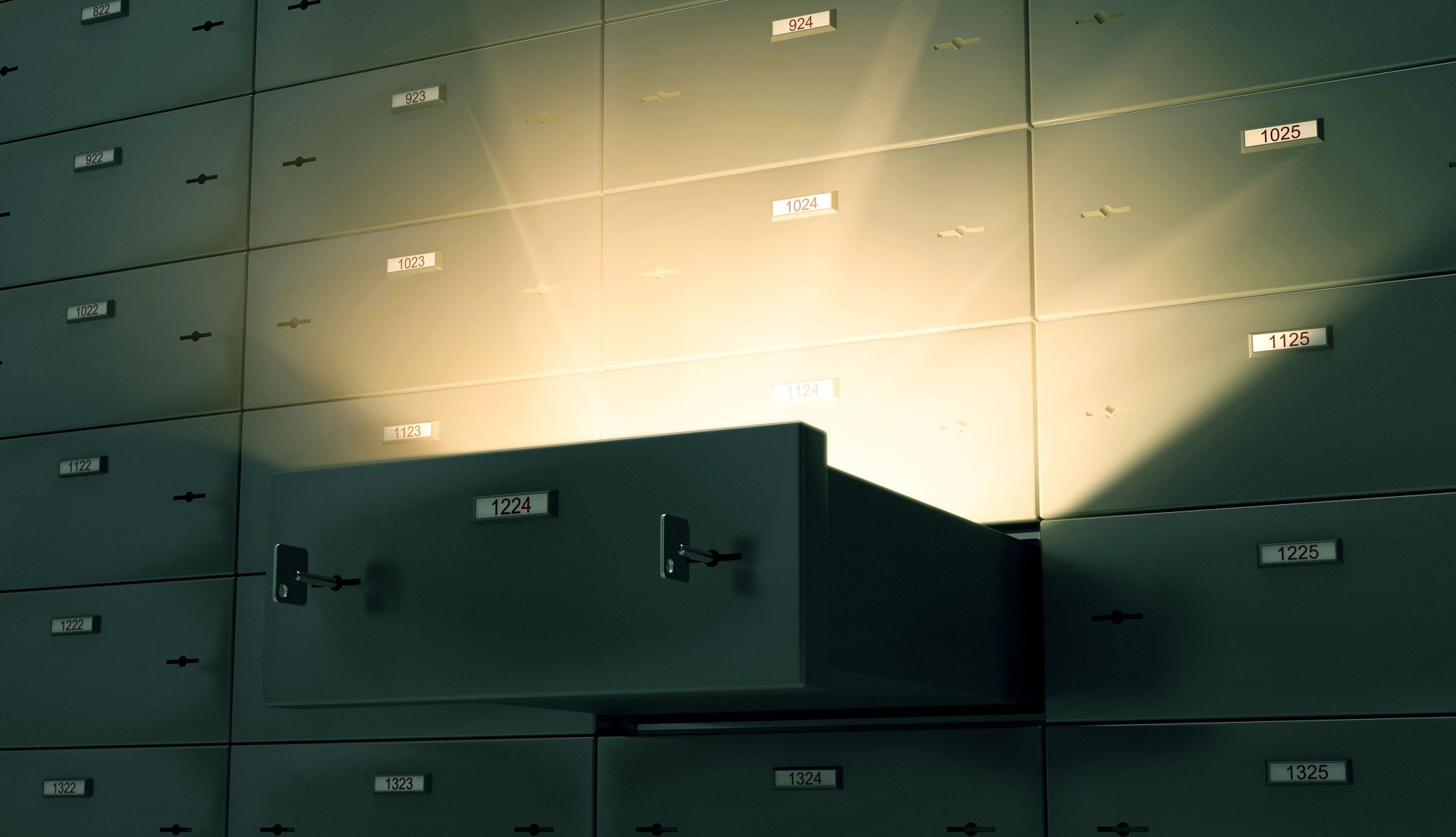
- Select a language for the TTS:
- UK English Female
- UK English Male
- US English Female
- US English Male
- Australian Female
- Australian Male
- Language selected: (auto detect) - EN
Play all audios:
6. UNINSURED JEWELRY Heirloom jewelry pieces or other items that are expensive and difficult, if not impossible, to replace are great candidates to be stored in a safe deposit box. But if
they aren’t insured, there is still a risk of damage from a plumbing catastrophe or natural disaster. ALTERNATIVE: No safe deposit box or home safe is completely protected from theft, fire,
flood or other loss or damage. Ask an insurance agent about adding what's called a personal articles floater to your home or auto policy. Be sure to let the insurer know the items are
in a safe deposit box, which could score you a discount of about 50 percent on your premium, according to McGuinn. To further protect your valuables, place them in plastic bags or containers
labeled with your name for storage, the FDIC recommends. 7. ILLEGAL OR RESTRICTED ITEMS Certain items—such as firearms, explosives, or illicit substances—may violate bank policies or legal
regulations if stored in a safe deposit box, says McGuinn. However, banks do not verify the contents of your safe deposit box when items are placed inside or taken out privately, making the
restrictions unenforceable. ALTERNATIVE: Firearms can be stored in a secure, locked safe at home. SELECTING A SAFE DEPOSIT BOX The cost of renting a safe deposit box varies based on the
bank, branch location, and box size. It’s a good idea to compare prices in your area to find the best deal. Rental fees generally range from $10 to $50 per year for a small box measuring 3
by 5 inches, while larger boxes, such as those measuring 10 by 10 inches, can cost hundreds of dollars annually, according to PNC Bank. To find the most secure vault, consider using
McGuinn’s safe deposit report card—a checklist of 30 key questions to ask before leasing a box. The more “yes” answers, the better the security. Once you’ve selected a safe deposit box, make
sure someone knows where it is. If you trust them enough, add them to the contract—this way, they can access it without dealing with legal headaches if something happens to you. HOW TO
SECURELY MANAGE A HOME SAFE If your local bank no longer rents safe deposit boxes or if you prefer the accessibility of having your valuables secured in your home, here’s what to consider.
There are two main categories of home safes: portable lockboxes and safes that you bolt into a wall or floor. Portable boxes should be well hidden; some suggest putting them inside beat-up
cardboard boxes in the attic to make them as hard to find as possible. Crooks will likely look for valuables in your bedroom and closet, so skip those locations. But keeping a safe that is
challenging to reach may also hinder you. “The idea of a safe is also to have it accessible,” says Chris McGoey, president of McGoey Security Consulting. “If you’re older, you’re not going
to be climbing up on ladders, necessarily, or going up in the attic.” Instead, McGoey suggests getting a safe you can anchor to the floor. “If it’s a good safe and it’s bolted down, room
placement doesn’t matter,” he says. “Burglars will see it, but they won’t be able to get it.” In either case, tell a trusted family member or friend what’s being kept in the safe and how to
open the lock. You might also consider including this information in a letter of instruction accompanying your will.





